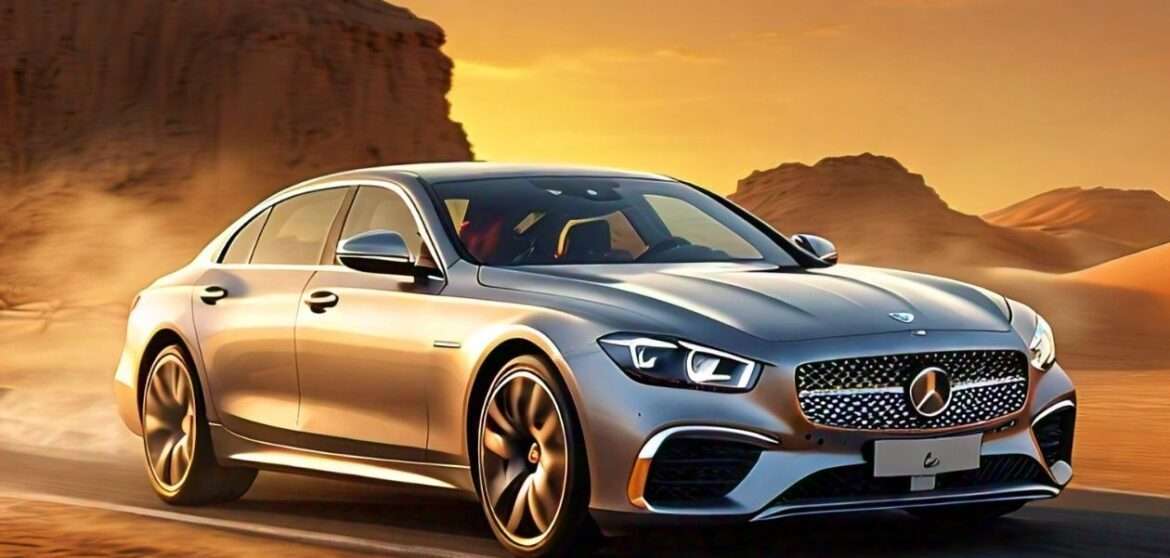DriveUAE Shares Top Heat Safety Tips for Driving in the UAE
The scorching summer heat in the UAE can be unbearable, and it is a challenge for drivers. With temperatures often exceeding 55°C, taking precautions is crucial to ensure your safety and the safety of others on the road.
DriveUAE is committed to promoting road safety and sharing practical tips to help drivers address these harsh conditions safely. This blog covers essential heat safety tips to help you stay safe and comfortable driving under the UAE’s blazing sun.
1. Check Your Vehicle Before You Go
Before hitting the road in extreme heat, ensure your vehicle is prepared to handle the conditions:
- Tire Pressure: Heat causes air to expand, leading to overinflated tires and increasing the risk of blowouts. Check tire pressure regularly to ensure proper inflation.
- Coolant Levels: Overheating is a common issue in hot weather, so it’s vital to maintain adequate coolant levels. This helps regulate your engine’s temperature and prevent it from overheating.
- Battery Condition: Heat can strain your car’s battery, leading to electrical issues or a breakdown. Ensure your battery is in good condition before long drives.
- Windshield Wipers: Heat can cause rubber wiper blades to wear out faster. Ensure they’re in good working order to maintain visibility during dusty or stormy weather.
- Sunshade: Use a sunshade or dashboard cover to keep your car’s interior cool and protect surfaces from direct sunlight.
2. Plan Your Route and Timing
Being strategic about when and where you drive can help you avoid the worst of the heat:
- Avoid Peak Traffic Hours: Driving during peak traffic not only adds to the stress of sitting in the heat but can also increase your exposure to high temperatures. Try to plan your trips outside of busy hours.
- Choose Routes with Shade: If possible, opt for routes with shaded areas or parking structures to minimize the time your vehicle is exposed to direct sunlight.
- Drive During Cooler Times: The early morning or late evening are often cooler parts of the day. Planning your trips during these times can make driving more comfortable.
3. Stay Hydrated and Avoid Dehydration
The heat can cause dehydration quickly, so it’s essential to stay hydrated while driving:
- Carry Water and Sports Drinks: Always keep plenty of water in the car to stay hydrated. Sports drinks with electrolytes can help replace salts lost through sweating.
- Avoid Sugary Drinks: Sugary beverages like soda can increase dehydration. Stick to water or electrolyte-rich drinks.
- Take Breaks: On long drives, take regular breaks to rehydrate, stretch, and cool down.
4. Dress Appropriately
Wearing the proper clothing can make a big difference in how you handle the heat:
- Light, Loose-Fitting Clothing: Opt for breathable, lightweight fabrics like cotton to stay calm and comfortable.
- Sunscreen and Hat: Protect your skin from sun exposure with sunscreen, and wear a hat to shield your face from direct sunlight.
- Sunglasses: Invest in a good pair of sunglasses to reduce glare from the sun, improving visibility and reducing eye strain.
5. Check Your Mirrors Frequently
Driving in extreme heat can affect not only you but other drivers as well:
- Be Aware of Other Drivers: Heat can make people irritable and less attentive. Keep an eye out for erratic driving behavior that could indicate heat-related distress.
- Avoid Sudden Braking: Sudden movements can increase the risk of accidents, especially if other drivers are not fully alert. Maintain a safe distance and be cautious of different vehicles.
6. Know the Signs of Heatstroke
Heatstroke is a severe condition that can happen quickly in extreme temperatures. Recognizing the symptoms is critical:
- Symptoms to Watch For: Dizziness, confusion, headache, nausea, and a rapid heartbeat are all signs of heatstroke.
- Act Immediately: If you or a passenger experiences any of these symptoms, pull over safely, seek shade, and seek medical help immediately.
Conclusion
Driving in the UAE’s intense heat requires careful planning and attention to detail. You can stay safe and comfortable on the road by taking proactive steps. Understanding the risks of heat-related conditions like heatstroke and monitoring other drivers are equally crucial for road safety.
DriveUAE promotes safe driving practices, especially during the harsh summer months. Following these heat safety tips will help ensure that your journey is safer and more enjoyable, even in the most challenging conditions. Stay calm, stay safe, and always be prepared when driving under the UAE sun.
FAQs
1. How Often Should I Check My Tire Pressure In The UAE Heat?
Checking your tire pressure at least once a week during extreme heat is recommended, as high temperatures can cause overinflation and increase the risk of blowouts.
2. What Should I Carry In My Car For Hydration During Long Drives?
Always carry plenty of water and electrolyte-rich sports drinks to stay hydrated. Avoid sugary drinks, as they can lead to dehydration.
3. When Is The Best Time To Drive In The UAE During Summer?
The best times to drive are early morning or late evening when temperatures are cooler and traffic is lighter.
4. What Are The Symptoms Of Heat Stroke While Driving?
Watch for symptoms like dizziness, confusion, headache, nausea, and a rapid heartbeat. If you notice these signs, stop driving and seek medical help immediately.


